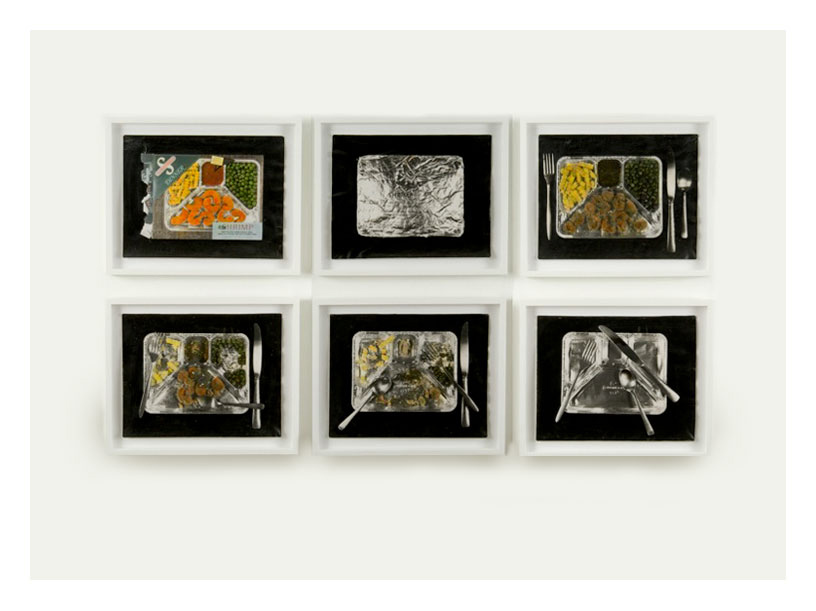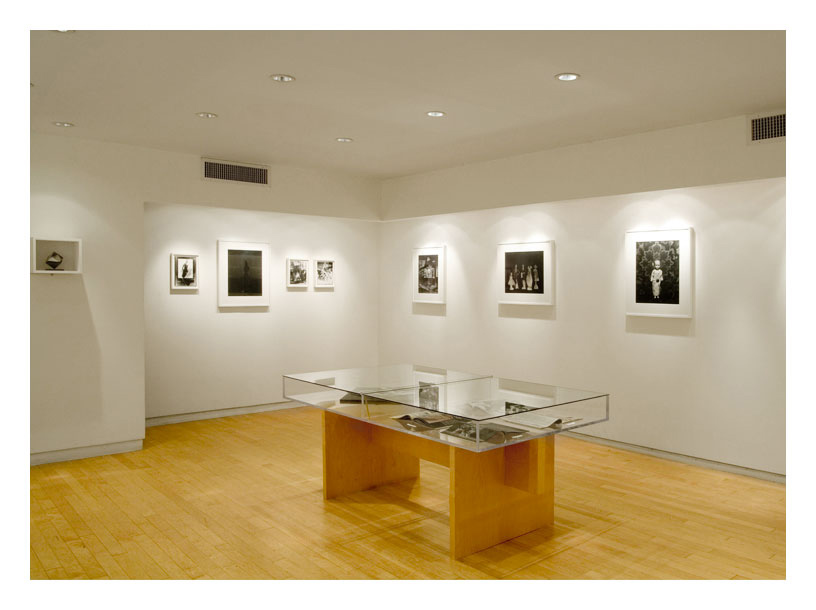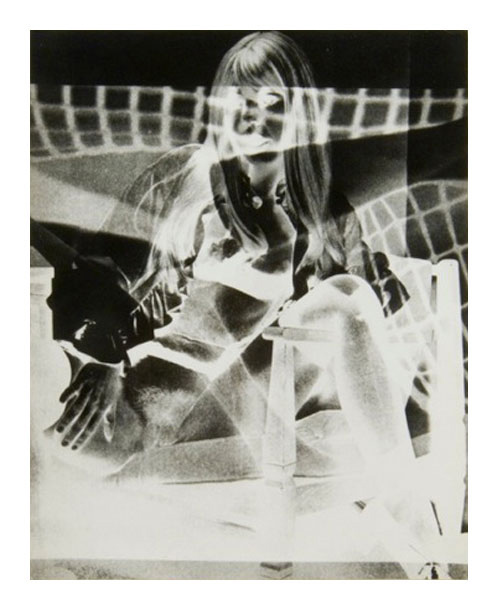Robert Heinecken
Image as Object
April 12 - June 16, 2007
Andrew Roth is pleased to announce the opening of “Image as Object,” featuring photoworks by Robert Heinecken, including over 30 photo-based prints, negatives, and three-dimensional works from the early career of this pioneer of postmodern photography.
Robert Heinecken was influential to generations of photographers as a teacher and artist. His technical and artistic innovations have drawn comparisons to Andy Warhol, Robert Rauschenberg, and Man Ray. Working with found, mass-media images and objects, Heinecken had a 40-year career during which he developed a variety of new processes to interrogate the underlying elements of photography. In some cases, his approach is a simple juxtaposition of two advertisements; in others, a single picture is created from multiple images overlaid, segmented, and reorganized. The photo-sculpture, the videogram, and contact prints of solid objects (like TV dinners) are all inventions of Heinecken’s prolific creativity.
He is perhaps best known for his provocative subject matter (often overlooking his more challenging forms). This exhibition features a range of Heinecken’s sculptural pieces and magazine interventions that incorporate pornographic images. Whether creating a single image from both sides of a magazine page or printing naked women into issues of Time, Heinecken’s work is preoccupied with relationships and randomness and their overlap. Unexpected echoes crop up in these works, illuminating the media’s commodification of desire and the clichés and commonalities in advertising and pornography. Heinecken’s stance is always skeptical and his work, although it appropriates the erotic, is more interested in the image’s inner workings than its ability to titillate. Heinecken’s sculptural and puzzle-like works literally deconstruct the illusion of depth and complicate a viewer’s notions of “objectification.” The early work included here anticipates many of the themes and concerns of Heinecken’s later projects and provides a context for understanding many of his other projects.





